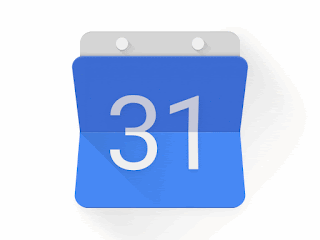Transition from Google Calendar Appointment Slots to Appointment Scheduler

Step 1 : Open Google Calendar in Chrome browser Step 2 : Open user calendar settings from Gear symbol upper right corner of web page Step 3: Scroll to Appointment Schedules lower left hand sidebar Step 4: Select Appointment schedules > Create appointment schedules instead of appointment slots Step 5: Click left arrow next to Settings upper left corner Step 6: + Create > Appointment schedule Step 7: Give schedule a name, duration of an appointment, and set availability Step 8: Set Scheduling window and minimum time allowed before booking Step 9 : Set buffer time so no overlapping of concurrent meetings overrun Step 10: Apply video conferencing and Description, Step 11: Add Phone Number field to Book Form Step 12: Adjust Email reminder to preference and click Save Step 13: Copy booking page link from Copy icon (not "Open booking page") Step 14: Include link in webpage and mail signature


